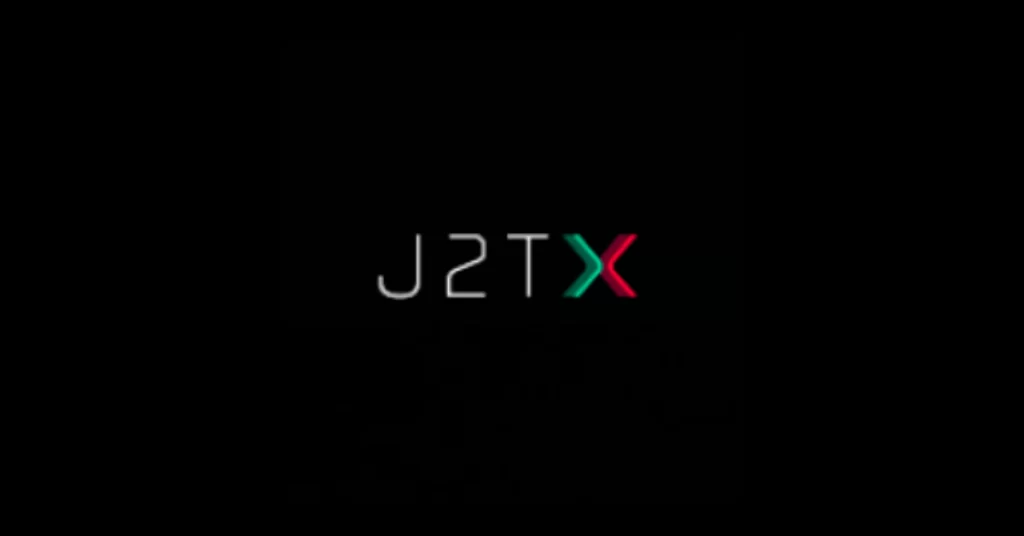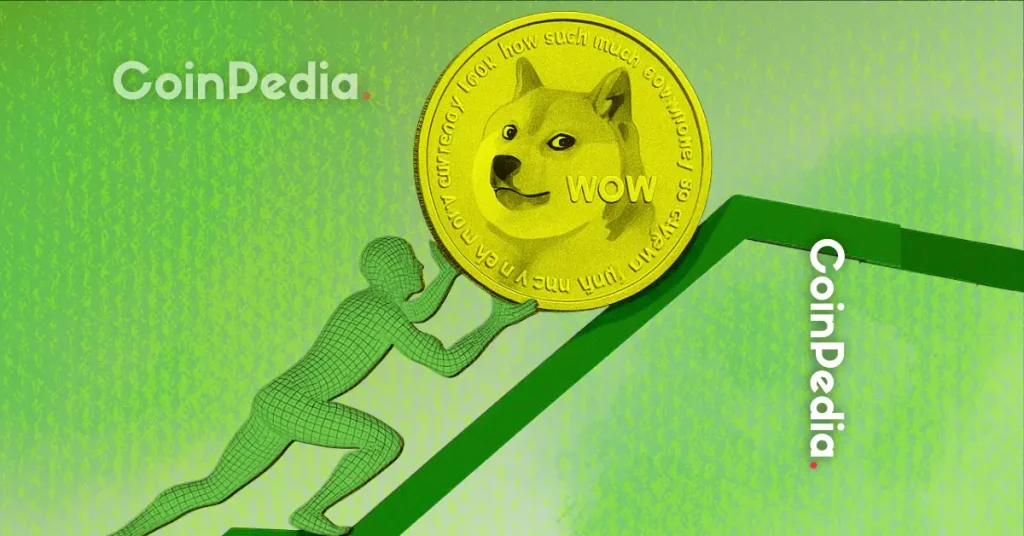
The post Shorting Ethereum Explained – Is It Viable to Profit from Crypto? appeared first on Coinpedia - Fintech & Cryptocurreny News Media| Crypto Guide
Although cryptocurrencies as a new form of money and highly volatile digital assets are relatively new, they are already firmly embedded in the everyday lives of many of us. And attitudes towards cryptocurrencies like Bitcoin or Ethereum and their role in the near future may differ, as the challenges of high price volatility, scalability and high energy consumption remain pressing. However, when comparing buy BTC and ETH, the latter looks like an option with much more potential for further growth as it has intrinsic value driven by smart contracts, dApps and NFT. With that in mind, Ethereum could look like a great long-term investment. However, how about using the token’s short-term volatility to your advantage? We’re here to tell you what a short position is and how to short Ethereum to capitalize on short-term fluctuations in the price of the digital asset.
What Exactly Is a Short Position?
When we think of investing in assets – whether traditional stocks, precious metals or digital ones – the first thing that comes to mind is buying at the bottom of the market and then reselling at a higher price. This is a good investment strategy for assets that increase in value over time. However, cryptocurrencies such as Ethereum differ from traditional ones in that their price can change dramatically in the blink of an eye. But, if the price goes down, that’s nothing to worry about, as you can make money from that. Here’s a simple scheme that explains what it means to short and buy Ethereum.
- The first step is to borrow an asset from a broker. To do this, you need to decide when the asset is at its peak price and its value is likely to fall in the near future.
- The second step is to sell the borrowed asset at its current price.
- The third step is to buy back the assets you sold when their value has dropped.
Modern brokerage platforms supporting ETH tokens have fully automated many trading operations, including how to short Ethereum. However, the task of analyzing the market is still on the trader’s shoulders. This means that you need to choose when the cryptocurrency is on the rise so that you can open a short position. The brokerage company will do the rest of the work for you.
How to Short Ethereum – Effective Ways
Above we described a scheme for shorting ETH using margin funds from a brokerage company. You simply borrow tokens from an exchange or broker, sell them at the current market price, and then buy them back when their value has dropped. This way, you can close a lot of short trades for a good profit, as brokers can lend more tokens than you initially had in your trading account. However, some traders use a more advanced scheme, looking for markets with an inverse correlation. Let’s say you believe that a certain asset – whether it’s a cryptocurrency or a precious metal – will rise in value over the long term, while the price of Ethereum will fall. You can buy that rising asset (open a long position) and then exchange it for ETH tokens when their price falls. Thus, you will benefit from a decreasing Ethereum price without having to open a short position with ETH directly.
Shorting ETH – Risks Involved
Before you dive in and start learning how to short Ethereum, you must understand that almost any cryptocurrency is a highly volatile digital asset. This means that any transactions (whether short or long) using ETH are highly risky. Be aware of your risk tolerance and be prepared to do thorough market research before you start shorting Ethereum. So, J2TX will tell you a few problems that you may encounter:
- Extreme volatility in value. ETH’s historical high of around $5,000 per coin was recorded just about a year ago, but the current price (as of this writing) of ETH is around $2,000. Sharp changes in Ethereum’s value can both open up great trading opportunities and lead to serious losses.
- The risk of exceeding your budget. This is relevant for traders using leverage to be able to sell/buy more tokens. Against the backdrop of various events, news and market movements, the value of ETH can rise dramatically. As a result, you will have to spend a much larger amount to buy coins to return them to your broker.
- Profit is limited to a zero price for the asset. While the upper limit of the price can theoretically be infinitely high, the minimum price of the coin is $0 (the price cannot be negative). This means that if you borrow a coin at $2,000, you cannot earn more in a short position than this current value.
In order for short positions with Ethereum to be profitable, you must learn the market well and actively manage your trades to avoid losses.
Picking the Best Moment to Open a Short Position
The most important thing about shorting ETH is knowing when to borrow the tokens and when to sell them. There are many factors affecting the price of the coin, including financial news, market sentiment, the behaviour of major players and more. When deciding when to open a short position, you can rely on the results of technical analysis. For instance, when the chart shows bearish dynamics, it may be a good time to short Ethereum. Additionally, changes in market regulations, as well as economic shocks, may create good opportunities to go short. Here are some tips to help you find shorting opportunities:
- Use ETH price charts to find upward and downward trends. Based on data from the chart, you will open short positions at times when the chart shows consecutive lower highs and lows in the token price.
- To find the best time to sell ETH, look for -and take into account – short-term price corrections.
- When opening short positions near-term, rely more on technical analysis to find the best time to sell ETH.
Recently, as ETH’s liquidity has increased, it has become very rare for a token to rise in value overnight. And in most cases, the rise is followed by a price pullback (market correction). Surprisingly, the market still sees sharp spikes, which opens up excellent opportunities for shorting ethereum
 ethereum
Blockchain NetworkTechnology
Followers : 0
View profile
. By learning how to spot these moments, you can make some pretty good profits. However, keep in mind that today – given the current state of the crypto market – ETH is an option suitable for near-term shorts.
ethereum
Blockchain NetworkTechnology
Followers : 0
View profile
. By learning how to spot these moments, you can make some pretty good profits. However, keep in mind that today – given the current state of the crypto market – ETH is an option suitable for near-term shorts.
F.A.Q
1. What is a short position?
Opening a short position is one of the types of trading operations where a trader borrows an asset of a decreasing value, sells it immediately and then buys it at a lower price to take the difference in value as profit.
2. Where can I short Ethereum?
There are many crypto exchanges and brokerage platforms offering convenient tools for shorting ETH. Their advantage is that most of the processes and tasks have been automated, and you just need to choose a good time to open a short position based on market analysis.
3. What is leverage?
A broker can lend money to its user. In simple terms, leverage is the ratio of a trader’s personal funds to the total amount of money (including borrowed money) that they can use for trading operations.
4. Do brokers give leverage for shorting?
Yes, many brokerages give leverage to those who short ETH. Keep in mind that if the price of ETH goes up (instead of down), you run the risk of losing both your own and borrowed funds.
5. Can I remain anonymous when I open short positions?
There are several decentralized platforms that support shorting. However, many brokers have taken the path of centralization and now adhere to KYC practices towards their users. This means that you will need to provide some personal and payment information and confirm it.
6. How to choose the best moment to short ETH?
Finding the perfect moment is a difficult task. However, we recommend using price charts to spot downtrends and use them to your advantage.
Disclaimer: This is a press release post. Coinpedia does not endorse or is responsible for any content, accuracy, quality, advertising, products, or other materials on this page. Readers should do their own research before taking any actions related to the company.

 3 years ago
724
3 years ago
724



















 English (US) ·
English (US) ·